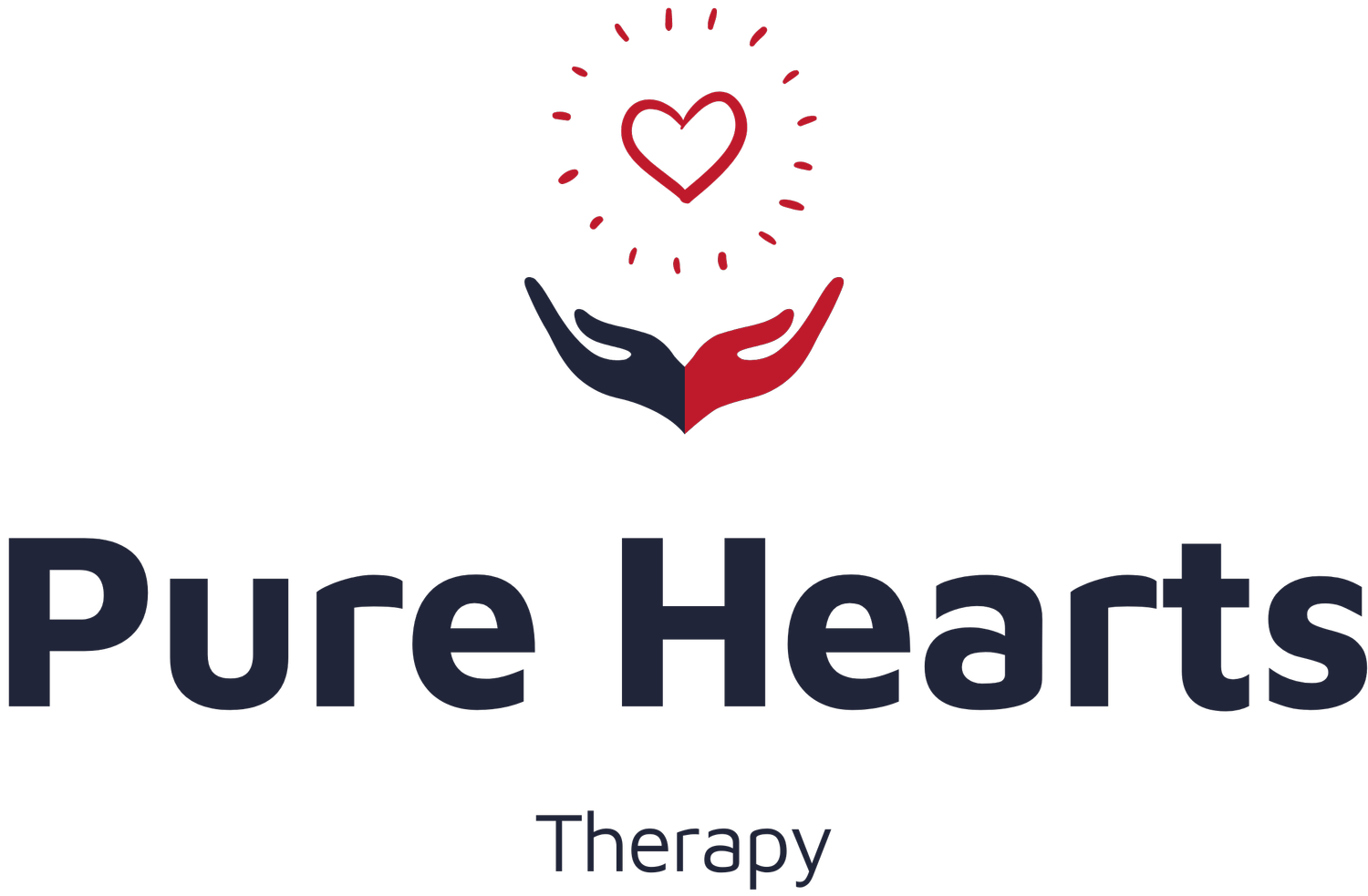Empowering Communication: The benefits of a communication device
In this episode of the Autism Family Resource Podcast, host Brian Keene sits down with Lydia Mackay and Stacey Dover, speech-language pathologists from the Phenix area, to delve into the world of Augmentative and Alternative Communication (AAC). They discuss the importance of communication, language acquisition, and the various communication options, such as AAC devices. This is the first part of a three-part series to provide valuable insights and guidance for parents of non-speaking or special needs children.
Guests:
Lydia Mackay and Stacey Dover are speech-language pathologists based in the Phenix area. They specialize in working with individuals who use AAC (Augmentative and Alternative Communication) in various settings, such as schools and homes. They have experience providing evaluations and training for augmentative communication devices and have worked extensively with non-speaking individuals and those with special needs. They are passionate about supporting communication development and empowering individuals to express themselves effectively.
Main Topics Discussed:
Defining communication and debunking the misconception that it is solely verbal.
Exploring language acquisition and how it develops through babbling and word formation.
Emphasizing the role of context and interaction in language learning.
Introducing AAC as a tool for augmenting and supplementing communication.
Highlighting the importance of engagement, feedback, and positive social interaction in language development.
Considering sign language as a visual form of communication and its potential benefits.
Addressing the question of when it's time for a child to get an AAC device.
Stressing the importance of self-advocacy and providing individuals with the means to express themselves.
Key Takeaways:
Communication encompasses various modalities beyond verbal speech, including body language and literacy.
Language acquisition begins with babbling and gradually shapes into meaningful words through positive reinforcement and social interaction.
AAC serves as a tool to support and augment existing modes of communication.
Engagement, context, and interaction are crucial in language learning and should be prioritized in the parent-child relationship.
Sign language can be considered a form of communication, but the ability to hear oneself say words is important, which AAC devices can facilitate.
The decision to introduce AAC should be based on individual needs and communication challenges.
AAC devices empower individuals to self-advocate and express their needs effectively.
For AAC resources, FAQ, and flowcharts:
https://www.pureheartstherapy.com/resources/speechandcommunication
Subscribe Now & Leave a Review
Apple Podcasts, Spotify, Google Podcast, & Stitcher
Visit our Website
Follow Us:
